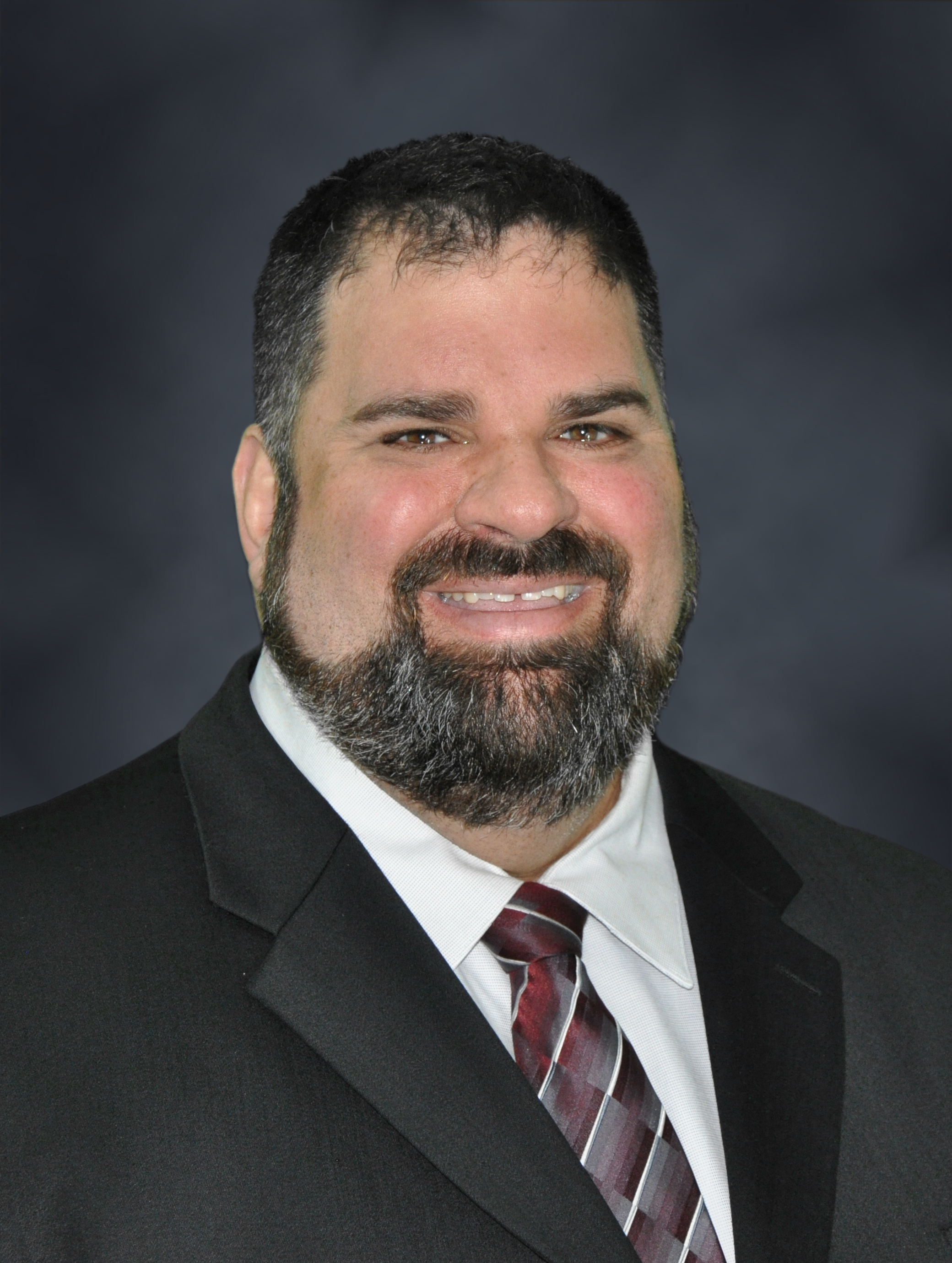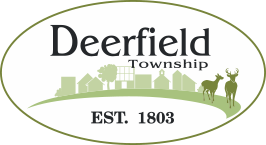Government
How Tax Dollars are Spent

Having passed both a police and parks levy in 2013, township voters ensured that the exceptional level of service that residents expect can continue well into the future. With the talk of “millage” that inevitably accompanies levies, though, what does that truly mean in dollars and cents to Deerfield property owners and residents?
Begin with the understanding that state law allows a township to claim up to 10 mills of property tax for its operations. Anything above the 10 mill limit must be approved by voters in the form of a levy. In Deerfield, we have levies above the 10 mill limit for fire, police, and parks.
After any rollbacks, exemptions, credits, etc., Deerfield Township typically receives about 17.5% of your total annual property taxes for its operations—a figure which includes all levies. Those funds go to operate fire, police, public works (roads), cemeteries, parks, zoning, and any other functions associated with a larger suburban township. The remaining 80% of what you pay annually in property taxes go to schools, the county, and any other special assessments, such as a lighting district to fund street lights in your neighborhood.
In August, voters approved a continuous, 4.0 mill replacement levy to fund police protection for the township for the foreseeable future. In replacing the 2.5 mill levy originally passed in 2004, voters can expect those funds to support police protection in our community for approximately 10 more years, absent unforeseen circumstances. Monetarily, a 4.0 mill levy will cost a property owner $122.50 per $100,000 property value annually—an approximate increase of $45.94 per year, per $100,000, from prior years.
In passing the park levy in November—a 10-year replacement levy of 1.0 mill—a property owner can expect to pay $30.63 per year, per $100,000 value, annually. These funds will support maintenance and upkeep of the park system, pay debt service and insurance on the parks, and to support and develop program offerings (most notably) for kids’ summer camps.
As is always the case, the Township will continue to try to explore and uncover outside funding sources and grant opportunities for projects and improvements, where available and appropriate. This approach to operations works to stretch every tax dollar, and in some cases, leverages local resources against matching outside dollars to fund improvement projects.
Fiscal Officer

Having passed both a police and parks levy in 2013, township voters ensured that the exceptional level of service that residents expect can continue well into the future. With the talk of “millage” that inevitably accompanies levies, though, what does that truly mean in dollars and cents to Deerfield property owners and residents?
Begin with the understanding that state law allows a township to claim up to 10 mills of property tax for its operations. Anything above the 10 mill limit must be approved by voters in the form of a levy. In Deerfield, we have levies above the 10 mill limit for fire, police, and parks.
After any rollbacks, exemptions, credits, etc., Deerfield Township typically receives about 17.5% of your total annual property taxes for its operations—a figure which includes all levies. Those funds go to operate fire, police, public works (roads), cemeteries, parks, zoning, and any other functions associated with a larger suburban township. The remaining 80% of what you pay annually in property taxes go to schools, the county, and any other special assessments, such as a lighting district to fund street lights in your neighborhood.
In August, voters approved a continuous, 4.0 mill replacement levy to fund police protection for the township for the foreseeable future. In replacing the 2.5 mill levy originally passed in 2004, voters can expect those funds to support police protection in our community for approximately 10 more years, absent unforeseen circumstances. Monetarily, a 4.0 mill levy will cost a property owner $122.50 per $100,000 property value annually—an approximate increase of $45.94 per year, per $100,000, from prior years.
In passing the park levy in November—a 10-year replacement levy of 1.0 mill—a property owner can expect to pay $30.63 per year, per $100,000 value, annually. These funds will support maintenance and upkeep of the park system, pay debt service and insurance on the parks, and to support and develop program offerings (most notably) for kids’ summer camps.
As is always the case, the Township will continue to try to explore and uncover outside funding sources and grant opportunities for projects and improvements, where available and appropriate. This approach to operations works to stretch every tax dollar, and in some cases, leverages local resources against matching outside dollars to fund improvement projects.
— Fiscal Officer
